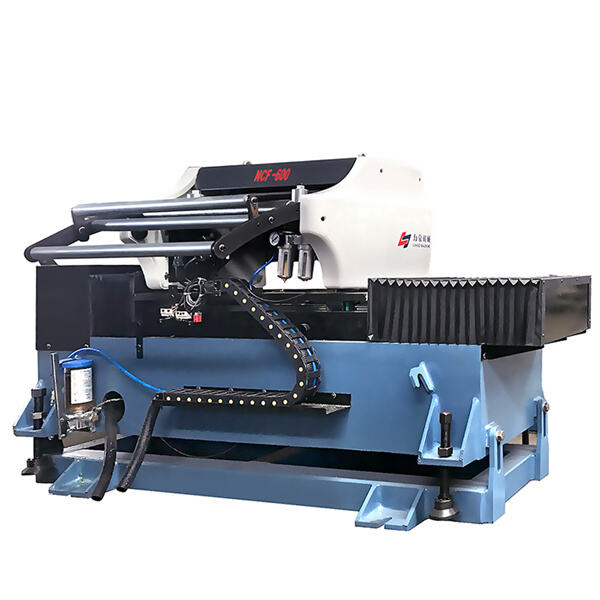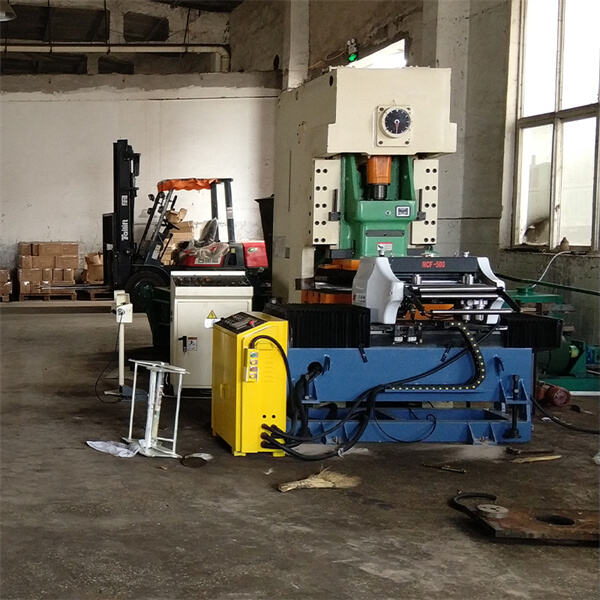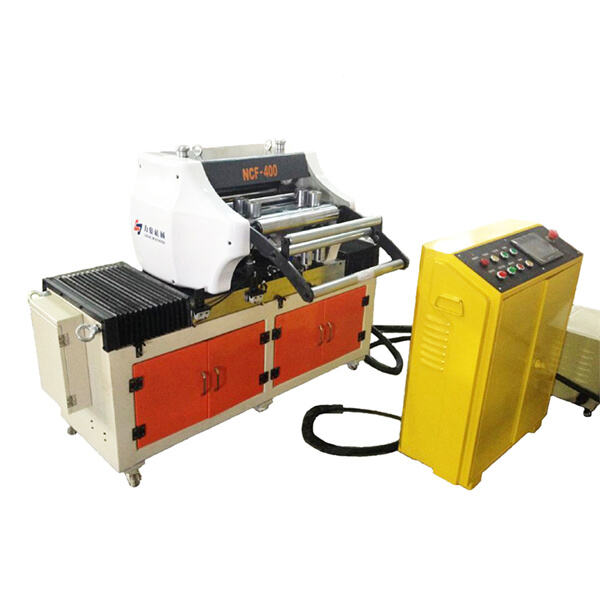Feeding materials properly is one way to help manufacturing flow better and more efficiently. A tool that can be used to transport materials is a zigzag feeder. A zig-zag feeder is a conveyor that moves materials in a zig-zag pattern. This permits improved distribution and control of the materials. So let’s discuss how a zigzag feeder can address some of the manufacturing side and make everything perform a little better, a little faster.
The zigzag feeder is designed to feed materials gently. This zig zag configuration helps material flow more evenly across the conveyor which virtually eliminates jams while also eliminating the possibility of material becoming trapped between the tubes or under the drive belt. This kind of good feeding method ensures that materials get into the right place at the right time, which can help make production more convenient and simple.
An additional advantage of having a 3 in 1 servo feeder reside in the better handling of the materials. By feeding materials in a zigzag motion, it prevents the materials from piling up or spreading unevenly. This keeps the flow of materials running smoothly, thus minimising potential errors or slowdowns in the manufacturing schedule.

There are many good things using a zigzag feeder in a production environment. For instance, the feeding and spreading of the materials may be controlled so as to enhance the quality of the fabric formed. Plus, good material handling can reduce waste and reduce the likelihood of errors or issues in production.

By utilising a zigzag feeder in their production processes, businesses are able to increase productivity and efficiency. The feeding and spreading of materials are carefully managed to ensure that production is not disrupted and material ends up where it needs to be when it needs to be there. This could save time and resources, enabling companies to produce more and reach their goals more effectively.

Installing a zigzag in a conveyor system can make the conveyor more efficient. Its configuration in a zigzag pattern offers greater control and adaptability when working with materials, and facilitates changing over between different requirements for the production application. This could increase the efficiency and reliability of conveyor systems.